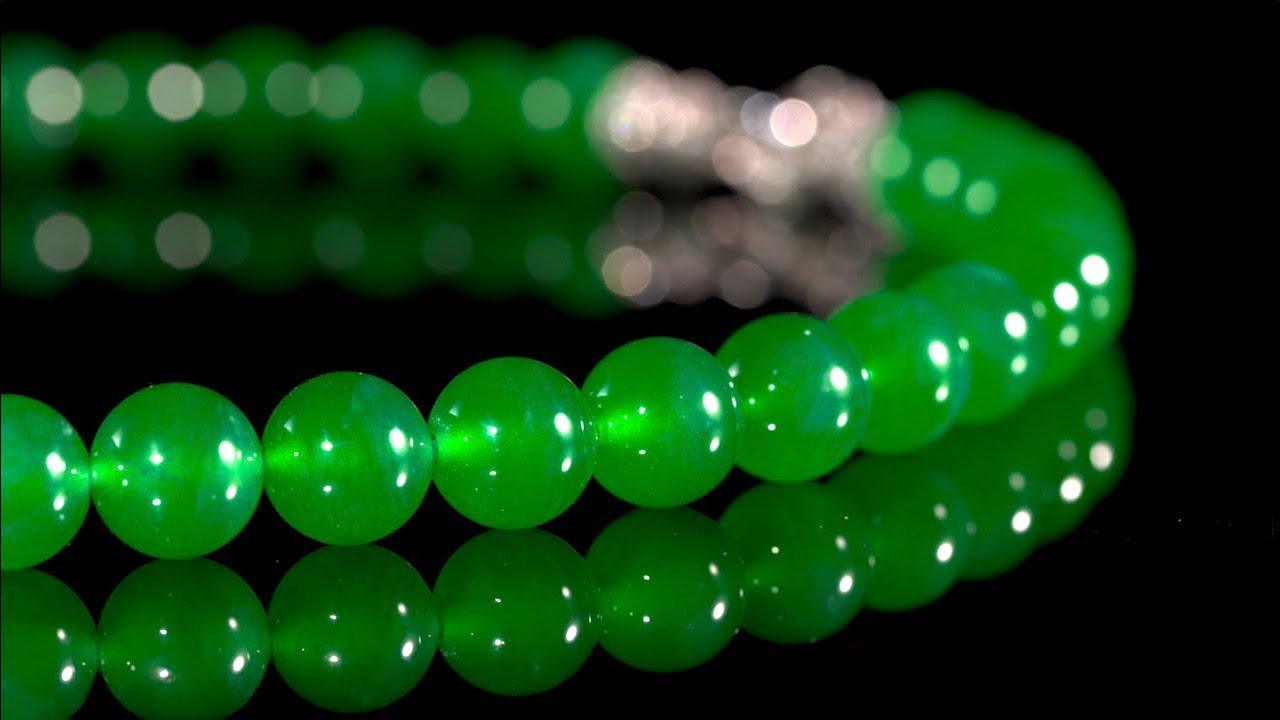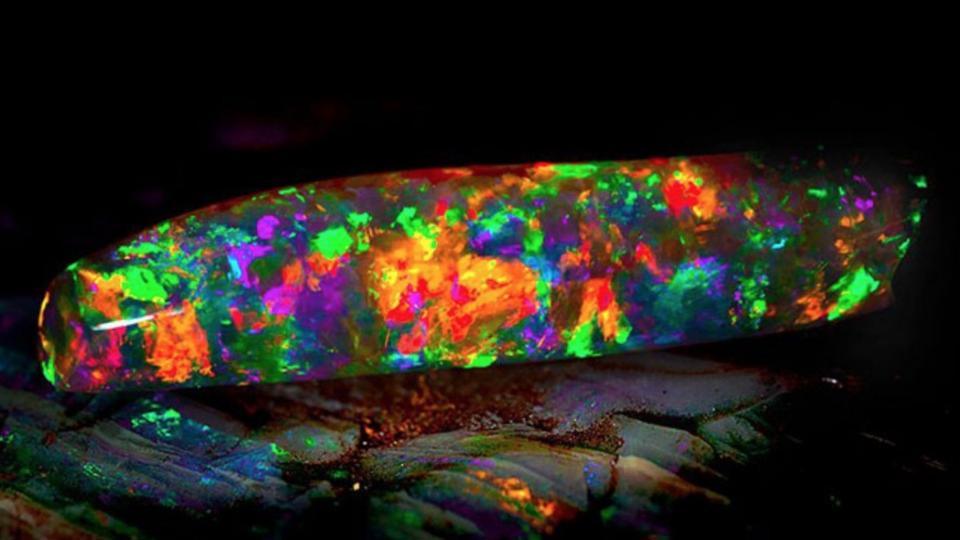
The Transfixing Glow of Silky, Smooth Jadeite
Jadeite is a stunning gemstone, renowned for its mesmerizing beauty and unique properties. With its alluring colors and striking appearance, jadeite is a favorite of many jewelry lovers and collectors alike.
Jadeite is available in an array of colors, ranging from creamy white and delicate pink to intense green and vivid lavender. The most prized and sought-after hue is a bright, emerald green, often referred to as Imperial jade. The unique colors of jadeite are a result of trace elements present in the stone, such as chromium, iron and manganese.
What sets jadeite apart from other gemstones is its unparalleled translucency and silky, smooth texture. Jadeite has a natural waxy luster, making it appear almost glowing from within. This luminous quality, coupled with its vibrant colors, makes jadeite an excellent choice for jewelry.
Jadeite is also a very durable gemstone, with a hardness rating of 6.5–7 on the Mohs scale. This means that jadeite is resistant to scratches and abrasions, making it an excellent choice for jewelry that’s meant to be worn every day.
Jadeite is a pyroxene mineral and is formed deep within the Earth’s crust under intense pressure and high temperatures. It’s primarily found in metamorphic rocks and is often associated with high-pressure and low-temperature serpentinite rocks.
Jadeite’s chemical composition is a sodium and aluminum silicate, with the formula NaAlSi2O6. Its physical structure is composed of tiny interlocking crystals, which give it its exceptional strength and durability.
Jadeite was discovered in Burma in the early 19th century by a French mineralogist named Alexis Damour. Today, jadeite can be found in various parts of the world, including China, Guatemala, Russia and the United States.
Jadeite has significant cultural and spiritual significance in many parts of the world, particularly in China and Mesoamerica. In Chinese culture, jadeite is known as the “stone of heaven” and is believed to bring good luck, prosperity and longevity. It’s also considered a symbol of purity, beauty and nobility, and is often used in traditional Chinese medicine for its alleged healing properties.
In Mesoamerican cultures, jadeite was considered a sacred stone and was often used in religious ceremonies. The ancient Maya and Aztec civilizations believed that jadeite had the power to bring rain, and it was often used as an offering to the gods.
Jadeite is also known for its alleged spiritual properties, and it’s believed to have the power to soothe the mind, protect against negative energies and bring inner peace. In some spiritual practices, jadeite is believed to stimulate the heart chakra and promote emotional healing.
Overall, jadeite’s cultural and spiritual significance has played an important role in its enduring popularity and value. It’s more than just a beautiful gemstone: It holds deep meaning and symbolism for many people around the world.
Some of the most famous jadeite stones and jewelry include the Hutton-Mdivani Necklace (see above), a stunning piece of jewelry that features 27 graduated jadeite beads, and the Imperial Jade Seal of China, a jadeite seal that’s believed to date back to the Ming dynasty.
The Hutton-Mdivani Necklace is a remarkable piece of jewelry that’s considered one of the most iconic and valuable jadeite necklaces in the world.
Created by Cartier in the 1930s for American socialite and heiress Barbara Hutton, the necklace features 27 natural jadeite beads of impressive, graduated sizes, each with a highly translucent and alluring vivid-green color. Also adding to the necklace’s value is the excellent matching quality of the jadeite beads, as well as their historic provenance, dating back to at least the late Qing dynasty. The necklace, completed by a clasp set with calibré-cut rubies and baguette diamonds mounted in platinum and 18-karat yellow gold, is considered a true and rare treasure of nature.
The Imperial Jade Seal of China, meanwhile, is another remarkable piece of jadeite jewelry that holds significant cultural and historical significance. It’s a jadeite seal that’s believed to have been used by Chinese emperors during the Ming dynasty.
The seal is made of a single piece of jadeite and is carved with intricate designs and characters. It’s said to have been used to authenticate imperial edicts and documents, and its use was considered a symbol of the emperor’s power and authority.
The Imperial Jade Seal of China is a rare and valuable artifact, and only a few examples are known to exist today. The seal is considered a national treasure in China and is housed in the Palace Museum in Beijing.
Jadeite is typically cut into cabochons, beads and faceted gemstones. The average carat weight of jadeite is around 1–2 carats, although larger stones can be found.
Today, jadeite is widely available, and it’s easy to find beautiful jadeite jewelry in stores and online. Whether you prefer a simple pendant or an elaborate statement piece, jadeite is a versatile and timeless gemstone that’s sure to make an impression
In conclusion, jadeite is a breathtaking gemstone that’s as durable as it is beautiful. With its unique properties, rich cultural history and spiritual significance, jadeite is truly one-of-a-kind. Whether you are looking to add a touch of elegance to your wardrobe or are searching for a meaningful gift, jadeite is an excellent choice.


